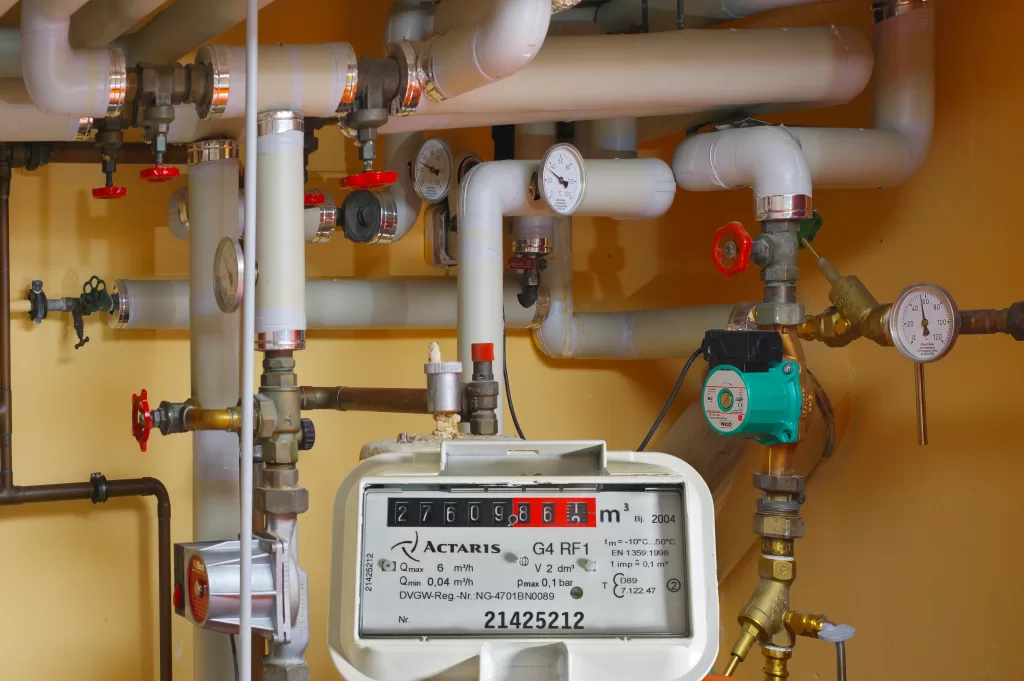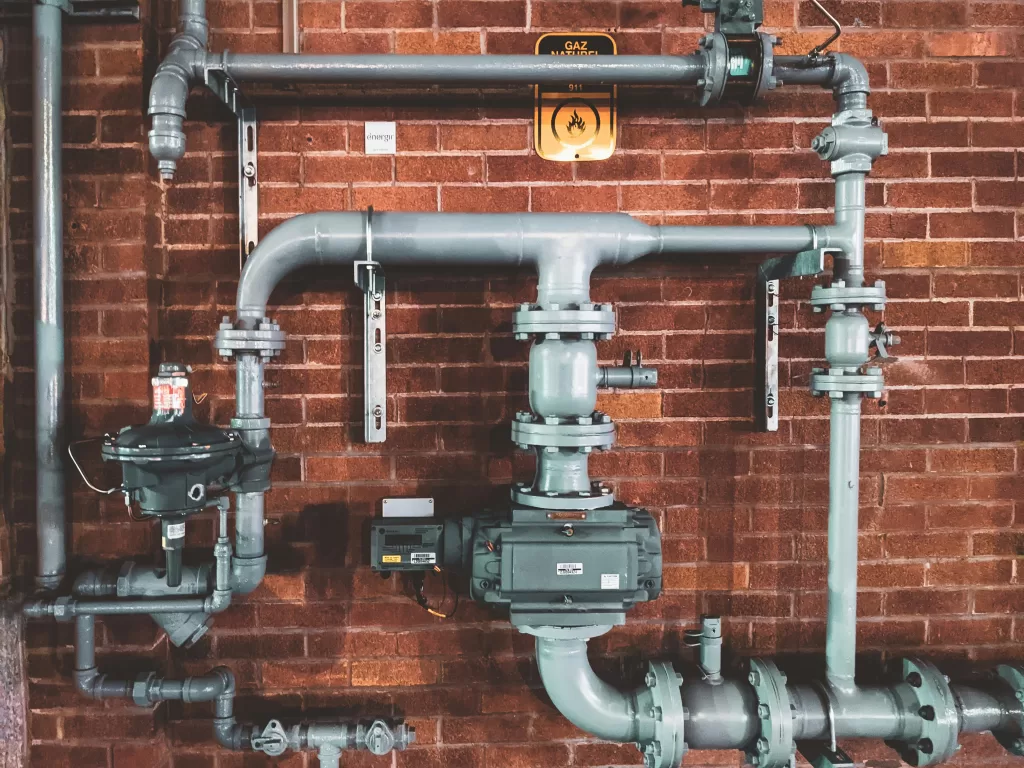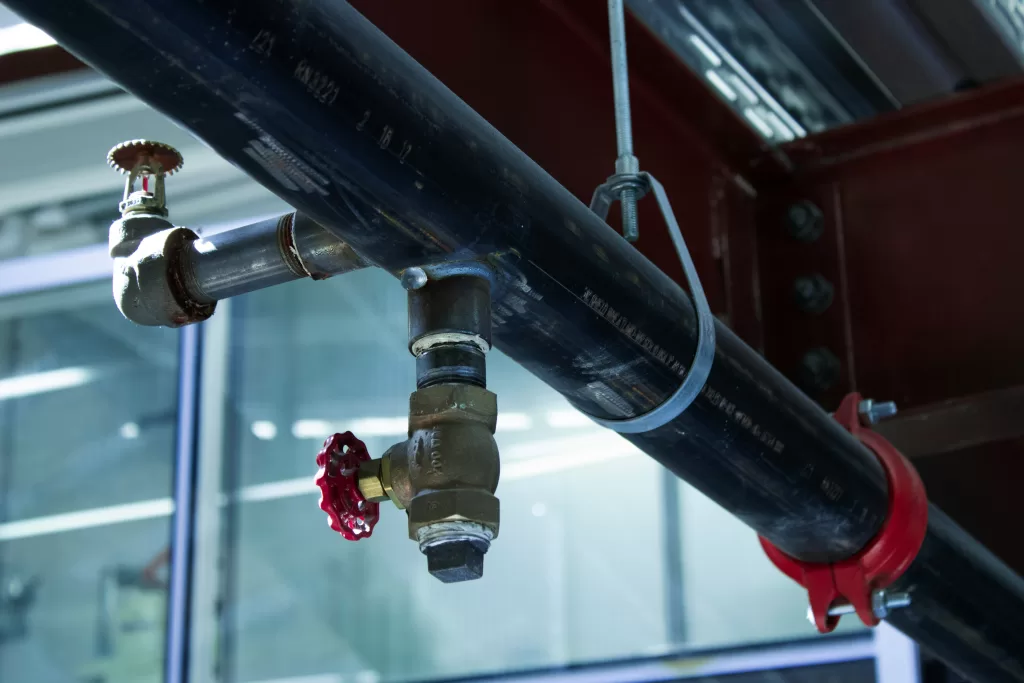Navigating the Concerns of Competing So
The California Electric Homes Program requires, as of January 2023, most new homes and buildings across California will have to be equipped with at least one highly-efficient heat pump for either water heating or space heating.
The homeowner’s quandary: California does not currently have an adequate electricity grid to supply the needs of its residents, even with natural gas space and water heating appliances still in place. In fact, the state asked electric vehicle owners in the midst of a heat wave in September of 2022 to not charge their vehicles during peak hours.
Currently, in the state, the cost of space and water heating by gas is less than with electricity, so homeowners are reluctant to invest money and purchase new appliances now to future-proof their homes 10+ years down the road, all the while agreeing to higher electricity prices in the short term.
This puts the ratepayer at odds with the state’s urgent vision of reducing greenhouse gas emissions, largely relying on how residential heating plays a role in that vision. No matter which side of the issue, it is still the consumer who is facing both uncertain availability of fuels, agitated by likely increases in costs.
With all of that in mind, let’s examine the environmental considerations and financial pressures in making an informed choice. We begin with understanding heat pumps and gas furnaces: their basics and functionality.
Heat Pumps Vs Gas Furnaces: Basics And Functionality

Heat Pumps:
Functionally, their process involves extracting heat from the external environment, even when it’s cold outside. This makes it versatile—able to both heat and cool.
The power source for heat pumps is obvious: they run predominantly on electricity, although geothermal systems can sometimes be a component, and they generally require less electrical energy since they derive heating and cooling help by being sub-terranean.
A little-known fact is that the average ground temperature 10 feet below surface is 75 degrees, and is a perfect heat exchanger. Apart from that, heat pumps require power.
A saving grace is that in California, given its moderate climate, a majority of regions in the state can benefit from heat pump’s efficiency.
Gas Furnaces:
Functionally, combustion occurs where natural gas is burned to produce heat, and then this heat is distributed throughout the home. Some electricity is required here as electric fans push the heated air. Historically, there has never been a shortage of natural gas available as fuel. It never runs out, although it can be shut down when there is an emergency, such as wildfires. (However, electricity is even more likely to be shut down in the event of wildfires.)
The dependability of gas is difficult to refute: gas is available, even during power outages. Unfortunately, the same can’t always be said for electricity. This is why the state of California has agreed to keep several fossil fuel plants up and running to provide standby energy for emergency power, for at least three more years.
A case can be made for the efficiencies of the two variants. Heat pumps are increasing in their efficiency, which may bring down costs of operation, but it is logical that the same could be said of gas furnaces.
Cost Comparisons and Financial Implications

If a homeowner wanted to ensure his energy future, he would be wise to have a backup, a Plan B, if you like. That said, it’s wise to consider availability and costs of those backups
Gas Furnaces:
Upfront costs on the components that make up the average furnace for central heating might have a $5,000 price tag: unit cost, including installation, any potential infrastructure changes. Operationally, we can discuss average monthly costs, as influenced by gas prices, efficiency of the unit, and usage patterns. Other than replacement of a unit, there is no shortage of fuel.
Heat Pumps with Backup Solutions:
Heat Pump Cost. Heat pumps can also run around $5,000.00 or more, installed. For the sake of argument, they are somewhat similar in price. However, what does a consumer do if there is a prolonged power blackout?
There are options. Solar and battery backup is a possibility. However, solar systems might run $20,000.00 to $30,000.00, but they could be used to gather solar power and store it in a battery, like a Tesla Powerwall, which runs another $10,000.00 installed.
So, there is a large initial investment needed for a “Plan B”. And so, while solar panels promise long-term savings, the setup requires homeowners to think of it as a long-term investment.
In a business sense, with respect to solar and batteries, they do have dual benefits: energy storage for outages and potential for selling back excess energy to the grid.
We should consider those values over time.
Efficiency and Cost Dynamics Over Time

Compare Quotes from Top-rated Plumbing Contractors in your area.

Heat Pumps:
What’s COP? COP stands for “Coefficient of Performance.” This is a score showing how well heat pumps work. The higher the score, the better. Some heat pumps work better than old-style heaters.
Gas Furnaces:
What’s AFUE? “Annual Fuel Utilization Efficiency”. This is a score showing how efficiently a furnace uses gas. The best ones use about 98% of the gas they burn, but they might not always work the same way as heat pumps.
How Much Will It Cost Over Time?
Changing Prices: As more people use electricity, the price might go up. Gas prices can go up and down because of world events and local rules. Take your best guess here!
Long-Term Costs: Think about how often you’ll need to fix or replace them. Also, how long will each last? You can plus the COP and the AFUE scores into your equation.
The Challenge for Homeowners
Upfront Costs: While going electric might be good for the environment, it can be expensive at first. For many, gas heaters are cheaper, at least in the beginning.
What About the Future and Saving Money Over Time:
Even though starting with solar is pricey, you’ll likely save money in the long run. There are also tax breaks and programs that might pay you for extra energy you don’t use.
Upkeep and Life Span:
Heat pumps might cost more at first, but you may not need to fix them as often. Gas heaters are tough and might not need replacing soon, but you should check them regularly.
Advice for Homeowners–Weighing the Costs:
It’s a good idea to make a list or use online tools to see how much you’ll spend and save over time. For help with money, look into local programs that can help with costs. There might be cash back, tax breaks, or loans available, for instance.
Mixing Energy Types:
You can think about using both solar and gas or joining neighborhood solar projects to save money or make the switch easier. You hear very little about this, but it is possible.
Continuous Learning: As the technology and energy landscape evolve, homeowners should attend local seminars, workshops, or webinars. Engaging with local energy communities can also offer insights.

Conclusion:
It’s a Balancing Act! Homeowners in California are navigating a challenging landscape, juggling environmental responsibility, system reliability, and financial feasibility.
Forward Vision. With technology advancing and the energy landscape shifting, the decisions homeowners make now will have lasting implications for their future comfort, financial health, and environmental footprint.
California homeowners are grappling with multifaceted challenges. Picking an energy source, deciphering financial considerations, and understanding environmental implications is a lot to take in.
The state’s electrification goal, though rooted in future-forward and environmental reasons, presents a tangible and immediate financial conundrum for many.
Choosing judiciously will entail balancing immediate financial outlays, prospective savings, system dependability, and individual values.


Facebook
Comments